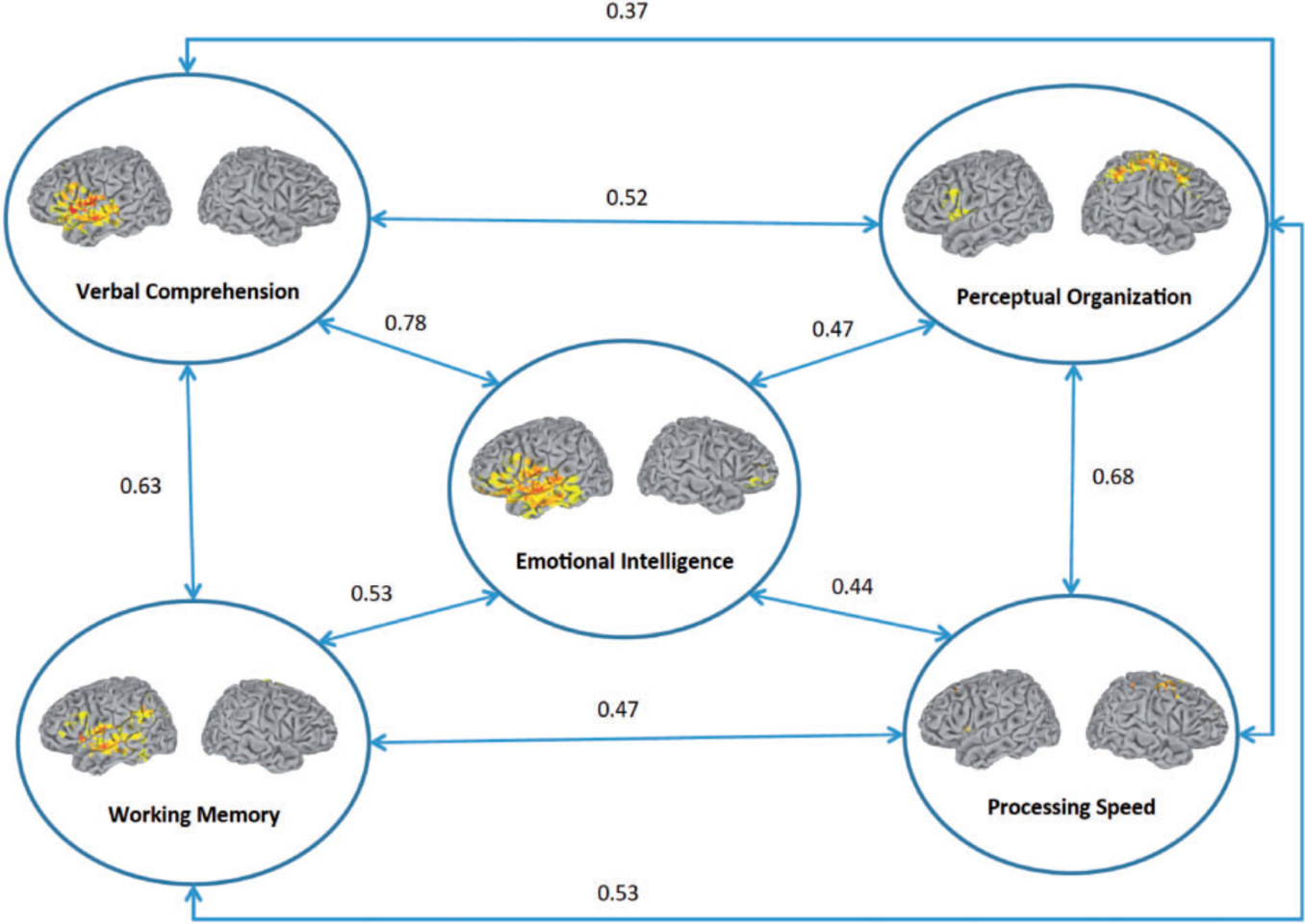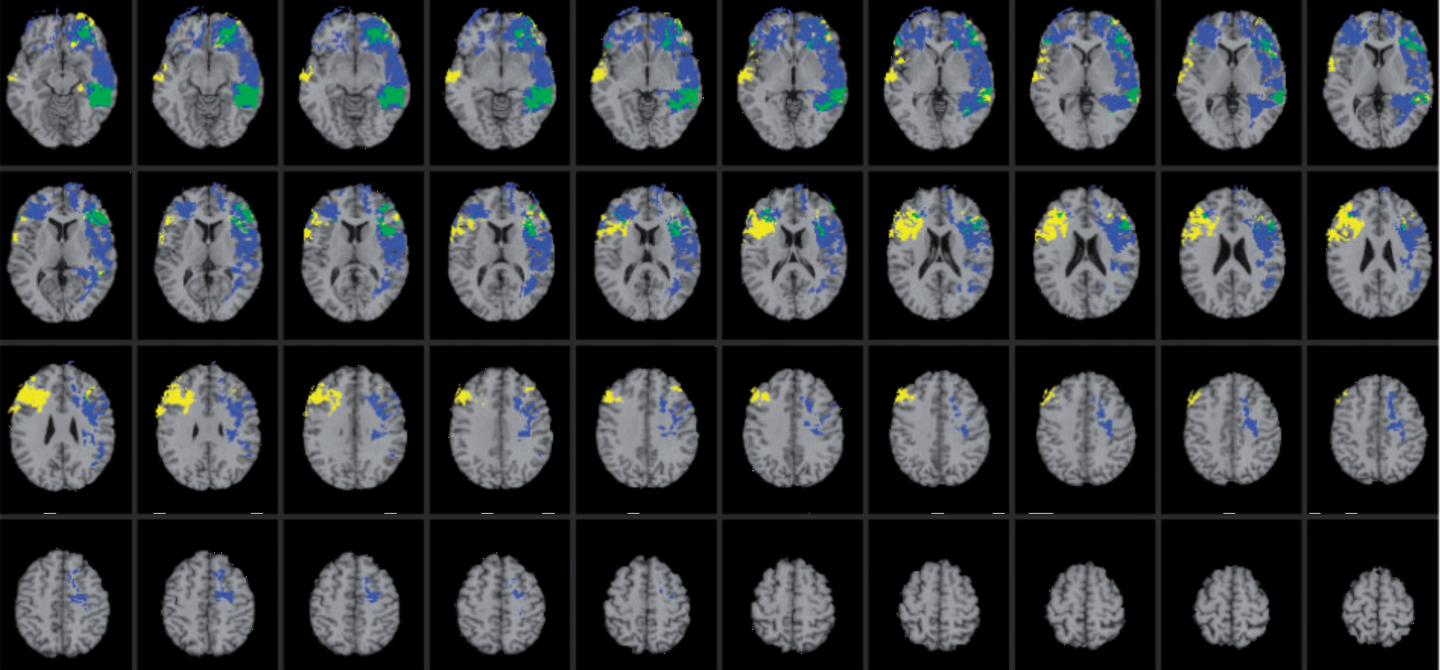We tend to think of reason and emotion as being two different things, but it turns out that there may not be a choice between the heart and the head. A University of Illinois team, led by neuroscience professor Aron Barbey, has made the first detailed 3D map of emotional and general intelligence in the brain, that shows a strong overlap of general and emotional intelligence.
Reason and emotions aren’t opposites, but rather two types of intelligence or, perhaps, two aspects of one intelligence. Reason comes under the heading of general intelligence. That covers higher-order mental processes that include reasoning, attention and perception, and memory and language. Emotions are described as emotional intelligence, which takes in perceiving, immediate processing and applying emotional and social content, information and knowledge.
There are a number of theories about how general and emotional intelligence are related. One generally accepted view is that they’re associated with different parts of the brain, with general intelligence in the prefrontal cortex and emotions residing in the limbic system, which includes the hippocampus and the amygdala. However, there hasn’t been much empirical evidence to support this idea, and the Illinois study indicates that general and emotional intelligence share a great deal of brain real estate.

The study was based on computed tomography (CT) scans taken of the brains of 152 US Vietnam War veterans. They were chosen because their particular type of combat-related brain injuries made them excellent subjects for mapping brain functions. Injuries due to shrapnel or low-velocity rounds were very specific, in that they affected individual brain structures and left the rest untouched. This means that any changes in emotional or general intelligence could be identified and mapped with great accuracy.
The CT scans provided the first detailed 3D map of the regions of the brain associated with general and emotional intelligence. These were then mapped against a comparison with a control group of people with undamaged brains. The subjects were then given a battery of neuropsychological tests to highlight deficiencies in general and emotional intelligence in each of the subjects, which could be mapped back to the affected areas.
“This was a remarkable group of patients to study, mainly because it allowed us to determine the degree to which damage to specific brain areas was related to impairment in specific aspects of general and emotional intelligence,” said Barbey.
According to Barbey, the results of the study showed a strong overlap both in the brain and in behavior, between general and emotional intelligence. Those subjects who had higher scores on general intelligence tests that measured neurological processes also showed better emotional intelligence scores.

“Intelligence, to a large extent, does depend on basic cognitive abilities, like attention and perception and memory and language," said Barbey. “But it also depends on interacting with other people. We’re fundamentally social beings and our understanding not only involves basic cognitive abilities, but also involves productively applying those abilities to social situations so that we can navigate the social world and understand others.”
The study also found that, generally, the frontal cortex regulates behavior, but also handles feelings of reward, attention, planning and memory. Meanwhile, the parietal cortex integrates sensory information, helps body coordination and processes language.
According to Barbey, this study will not only aid in the treatment and therapy of neurological patients, but also provides better insights into the relationship between general and emotional intelligence
The study was published in the journal Social Cognitive & Affective Neuroscience.
In the video below, Aron Barbey discusses the study.
Source: University of Illinois








